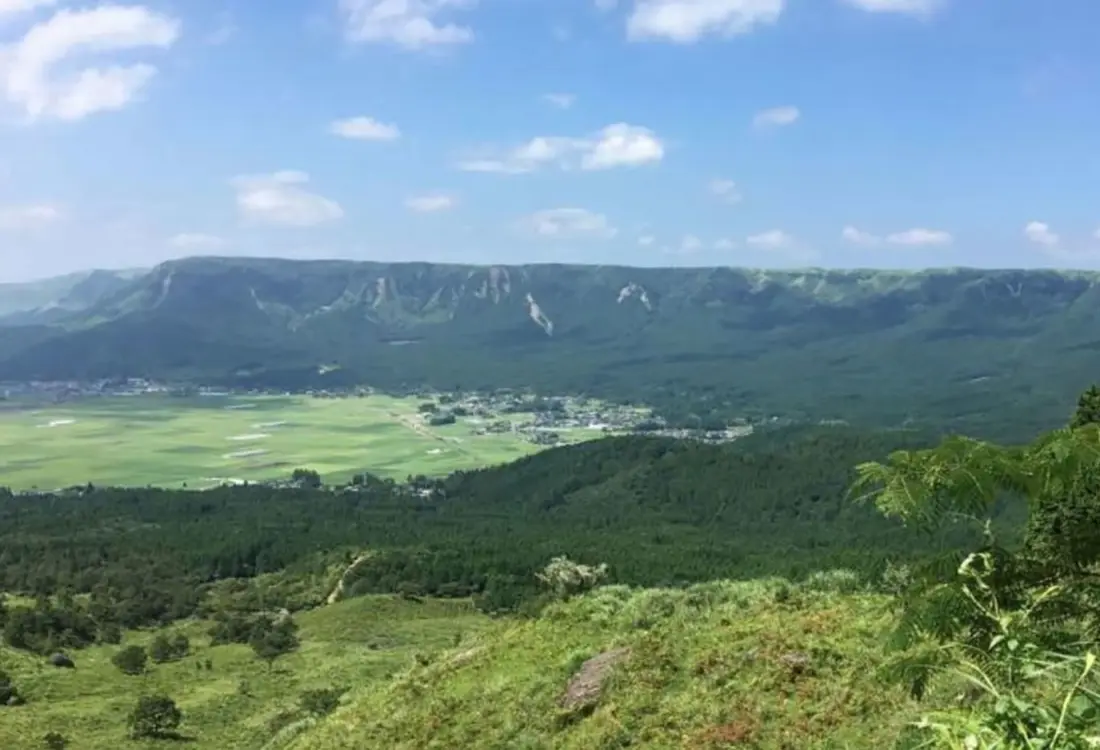
Mount Aso
Nature at Its Most Majestic
Mount Aso, an active volcano featuring soaring peaks and a massive circular caldera, provides picturesque views that make it a gorgeous place to visit from any vantage point.

Consulting your Zen Map foldout—whose center page features a layout of the entire region, along with succinct descriptions of the numerous locations from which to enjoy its panoramas—head toward Mount Daikanbo, lying on the northern end of the caldera.

The mountain is poised to offer views of the landscape lying to the south, which includes the Aso Gogaku (five peaks), whose Mount Nakadake affords visitors up-close views of the steaming blue lake inside its volcanic crater, and the rolling green Kusa-Senrigahama plain.

After winding your way upward, once you reach the top of the mountain you will find that the vistas are every bit as breathtaking as promised. After spending some time in quiet contemplation, again consult your Zen Map and try to suppress the temptation to visit every site described, including sites on the caldera's eastern edge such as Koga Falls and Mount Ogidake, which honors the god known as Inari.
There are two sites included on the Zen Map that are must-sees. The first, lying to the west, is the Ubu Shrine, which is around 200 years old. Along your journey to the shrine you can still see the effects of the 2016 earthquakes that rattled the area and affected the livelihood of the locals, such as one cattle farmer who was forced to construct temporary shelters after losing his home and animal stalls.

Once you reach Ubu Shrine, you will discover a quaint structure featuring tranquil grounds where visitors pray for safe births.

According to local history, the pond on the shrine's premises has been known to produce a milky white water that has helped women to produce strong and healthy breast milk when consumed.

Make your final stop for the day at Aso Shrine, a government-designated National Treasure. Dating back 2,500 years, the shrine was built in homage to the god living in the pond inside the crater of Nakadake, Mount Aso's active peak.
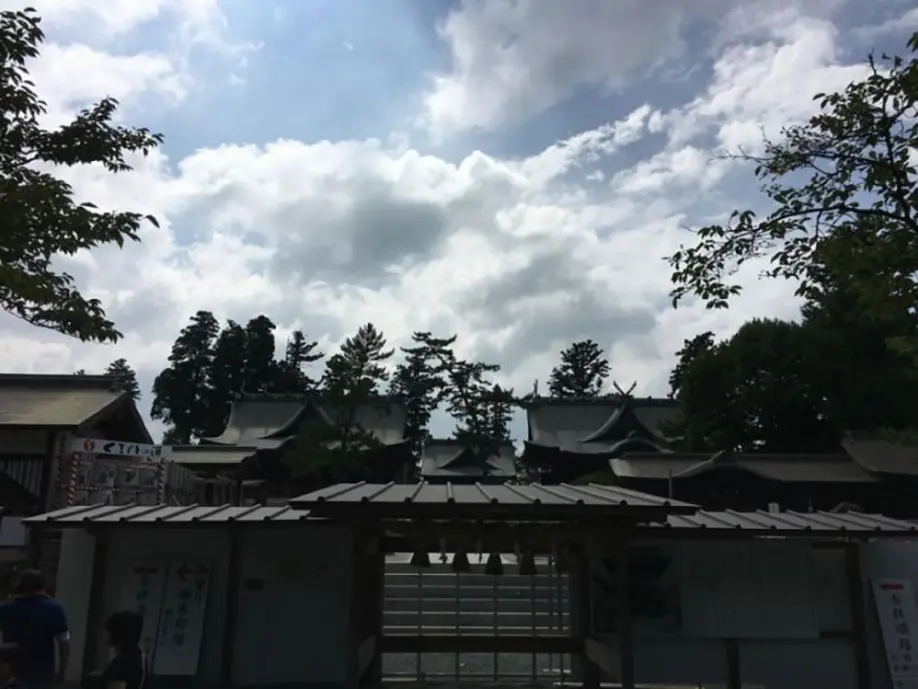
The complex is presently recovering from damage sustained in the earthquake, although visitors are still able to come there to worship. A sign on its grounds reads that the natural spring water in the area is sacred, and promises qualities such as longevity to those who drink it.
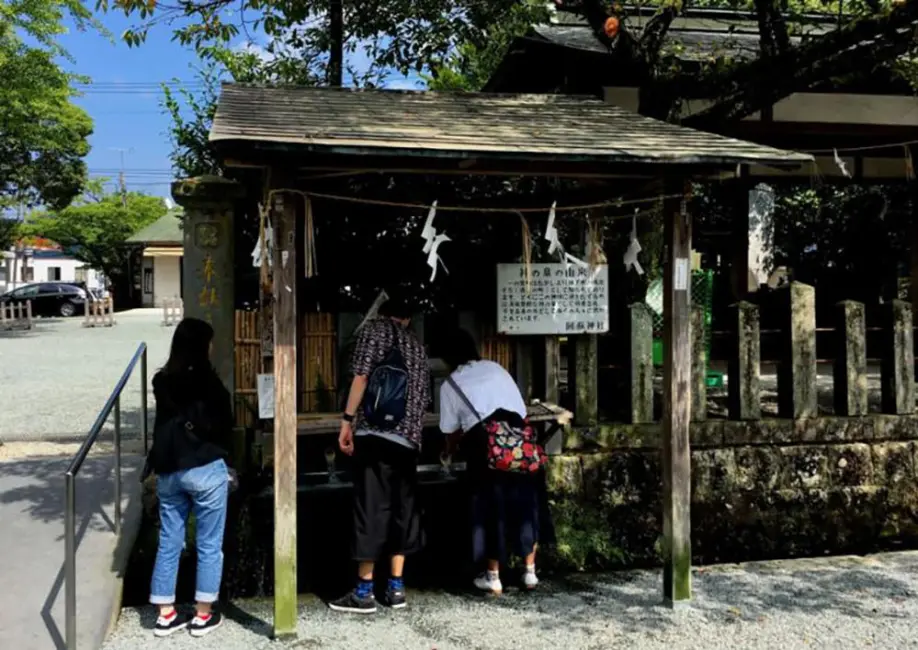
The sense of spirit at Aso Shrine is palpable, and it is the heart of a community whose residents strive to live in ongoing harmony with the rhythms of nature. This means recovering from its occasional disasters, while at the same time, continuing to be blessed by its bounties.


Kimberly Hughes
Kimberly Hughes is a freelance writer, translator, and community organizer who is originally from the desert of the southwestern U.S. and has been based in Tokyo since 2001. She is somewhat addicted to global travel, and also loves cooking, gardening and reading.
 Hiking Matsushima Olle: Course to Explore the Nature and Intriguing History of Amakusa Island
Hiking Matsushima Olle: Course to Explore the Nature and Intriguing History of Amakusa Island Mount Aso: Nature at Its Most Majestic
Mount Aso: Nature at Its Most Majestic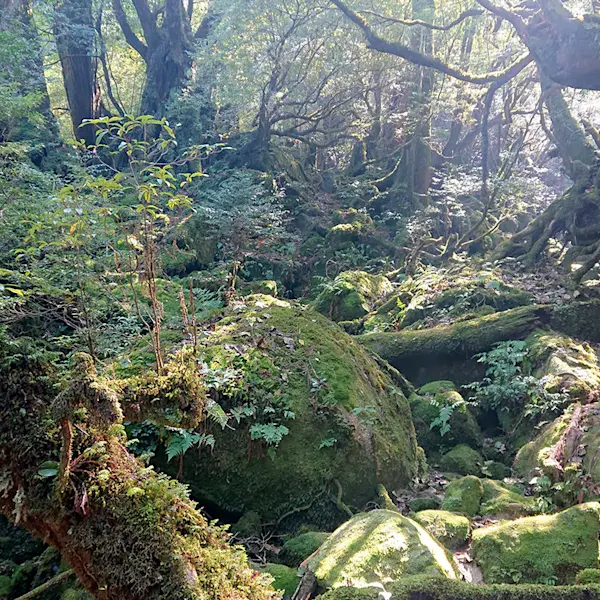 Yakushima: Trekking through Japan’s thousands-year-old forest
Yakushima: Trekking through Japan’s thousands-year-old forest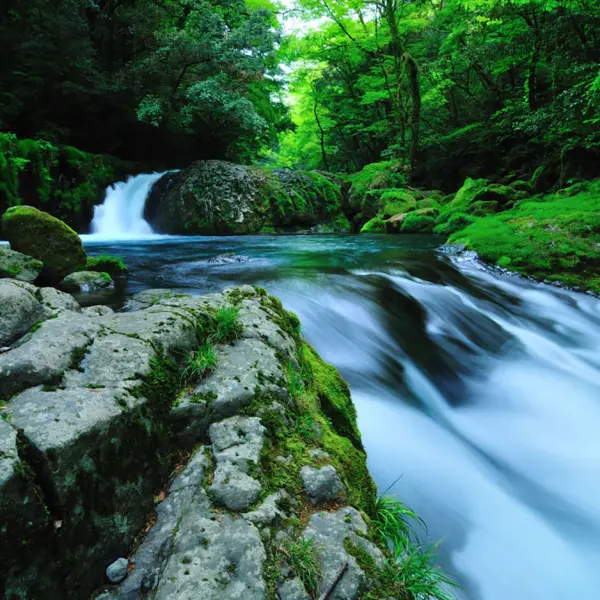 Kikuchi District - The Great Outdoors of Kyushu
Kikuchi District - The Great Outdoors of Kyushu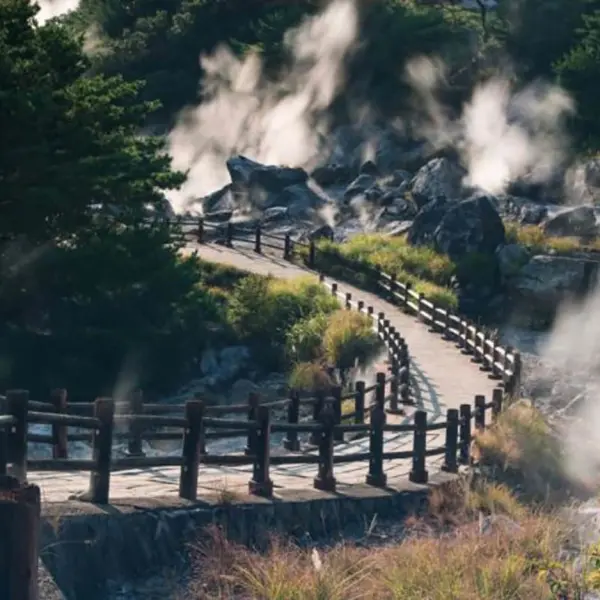 To Hell and Back: Walk Through the Steamy Hot Springs of Unzen
To Hell and Back: Walk Through the Steamy Hot Springs of Unzen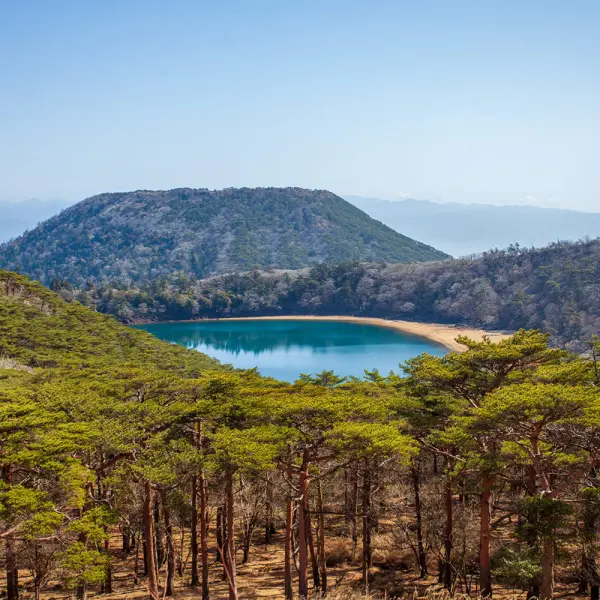 Hiking in Ebino Highlands: Explore the Crater Lakes in the Company of Friendly Deer
Hiking in Ebino Highlands: Explore the Crater Lakes in the Company of Friendly Deer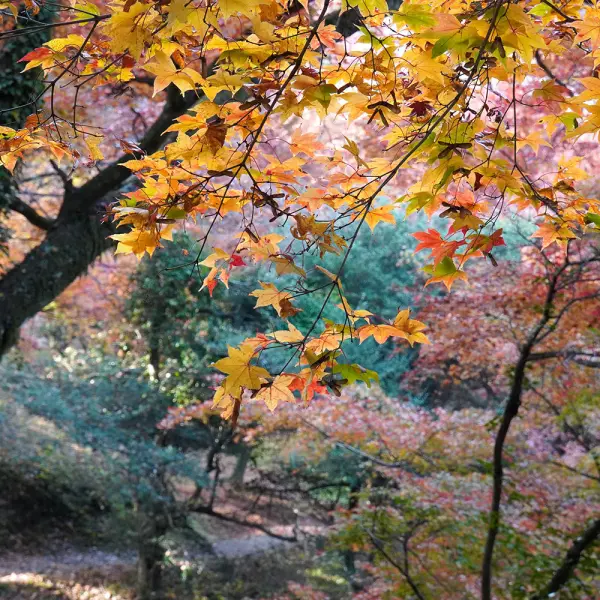 Kyushu Olle: An Autumn Hike on the Okubungo Course
Kyushu Olle: An Autumn Hike on the Okubungo Course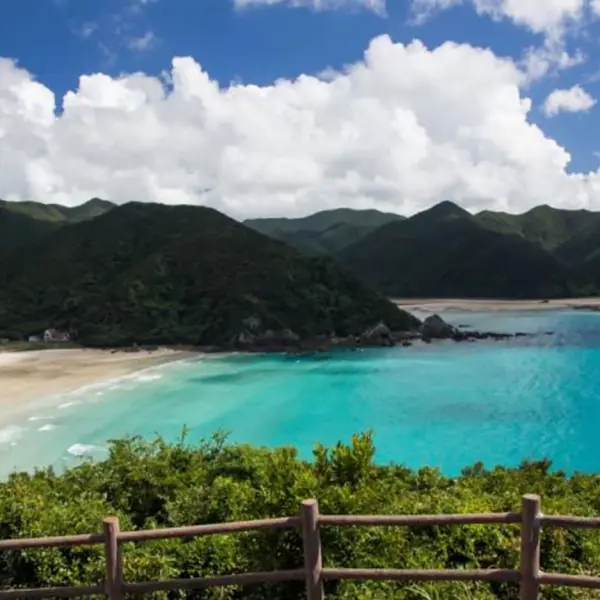 Driving Around Fukue Island: Hidden Churches and Stunning Beaches
Driving Around Fukue Island: Hidden Churches and Stunning Beaches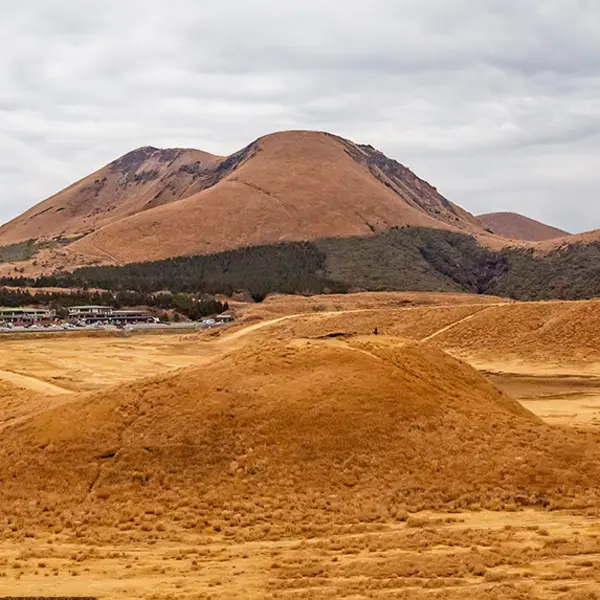 Hiking Trails at Aso Kusasenri
Hiking Trails at Aso Kusasenri Cape Toi in Miyazaki: A Festival of Colors
Cape Toi in Miyazaki: A Festival of Colors




